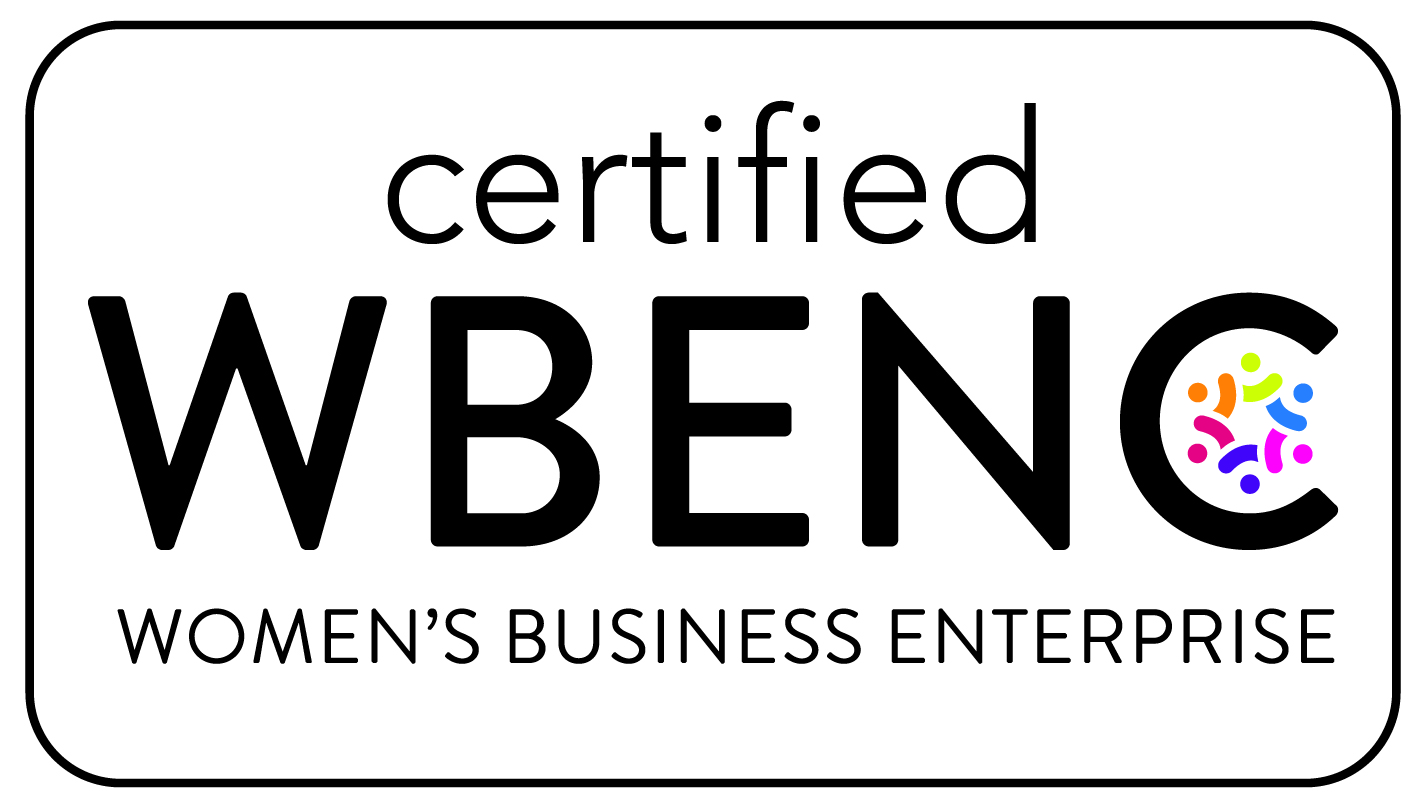In today’s digital landscape, SEO (Search Engine Optimization) is crucial for ensuring your website ranks highly on search engines like Google. Incorporating the most searched terms, or keywords, into your SEO strategy can make a significant impact on your visibility and traffic. In this blog post, we’ll explore SEO best practices by leveraging these high-ranking terms to maximize your search potential and improve your website’s overall performance.
1. Conduct Thorough Keyword Research
Start by identifying the most relevant and popular search terms related to your niche. Tools like Google Keyword Planner, SEMrush, and Ahrefs can help you find high-volume, low-competition keywords to target. For instance, if you run an online fashion store, you’ll want to focus on keywords like “best fall fashion trends,” “affordable women’s clothing,” or “sustainable fashion brands.” Remember to:
- Target long-tail keywords (e.g., “best SEO tools for beginners”).
- Incorporate LSI (Latent Semantic Indexing) keywords to ensure your content remains contextually relevant.
2. Optimize On-Page SEO
On-page SEO is crucial for ensuring that search engines can easily crawl and index your website. Here’s a breakdown of on-page SEO best practices:
- Title Tags: Make sure your title tags include primary keywords and are under 60 characters for optimal display in search results.
- Meta Descriptions: Write compelling meta descriptions that incorporate primary keywords to encourage users to click. Keep these under 160 characters.
- Headings (H1, H2, etc.): Use headings to structure your content. Your H1 should include the main keyword, while H2s and H3s should focus on secondary keywords.
- URL Structure: Ensure URLs are short, keyword-rich, and easy to read. For example:
www.yourdomain.com/seo-best-practices. - Keyword Placement: Naturally incorporate your primary keyword in the first 100 words of your content, and sprinkle related keywords throughout.
3. Create High-Quality, Engaging Content
Google’s algorithm prioritizes content that provides value to users. The more relevant, informative, and engaging your content is, the higher it will rank. Follow these tips for creating content that resonates:
- Answer Search Queries: Use tools like AnswerThePublic or Google’s “People Also Ask” section to find out what questions users are searching for.
- Use Visuals: Enhance your blog posts with images, infographics, and videos to increase engagement and lower bounce rates.
- Internal Linking: Link to other relevant pages on your website to help users discover more content and improve site structure.
- Content-Length: Studies show that longer, in-depth content tends to rank higher. Aim for posts that are between 1,000 and 2,500 words.
4. Optimize for Mobile
As more people use smartphones to browse the web, Google now prioritizes mobile-first indexing. Ensure your website is mobile-friendly by:
- Using responsive design.
- Ensuring fast loading times on mobile (use tools like Google’s PageSpeed Insights to test).
- Avoiding pop-ups that disrupt the mobile experience.
5. Build High-Quality Backlinks
Backlinks (links from other websites to yours) are a critical factor in Google’s ranking algorithm. To build quality backlinks:
- Create shareable content such as in-depth guides, infographics, or original research.
- Reach out to influencers or blogs in your niche to see if they’re willing to link to your content.
- Guest post on relevant websites to naturally gain backlinks.
6. Enhance User Experience (UX)
Google uses several metrics to evaluate the user experience (UX) on your website. To improve UX and rank higher:
- Improve Page Load Speed: Aim for under three seconds for optimal performance.
- Simplify Navigation: Make it easy for users to find information with clear menus and internal links.
- Use Clean Design: A clean, visually appealing design will keep visitors engaged and on your site longer.
7. Leverage Local SEO
If your business serves a local area, local SEO is essential. Optimize for local search by:
- Creating and optimizing your Google My Business profile.
- Ensuring your NAP (Name, Address, Phone Number) is consistent across all listings.
- Using location-based keywords (e.g., “SEO services in Kansas City”).
8. Monitor SEO Performance
SEO is not a one-time task but an ongoing process. Regularly monitor your performance using tools like Google Analytics and Google Search Console. Key metrics to track include:
- Organic traffic.
- Bounce rate.
- Keyword rankings.
- Backlink profile.
By incorporating these SEO best practices and optimizing your website with the most-searched terms on Google, you can improve your rankings and drive more organic traffic to your site. Focus on providing valuable, well-structured content, while keeping user experience and keyword optimization in mind, and you’ll be well on your way to SEO success.
Conclusion
SEO is a complex and ever-evolving field, but mastering the basics is key to success. By focusing on keyword research, on-page SEO, quality content, mobile optimization, and a strong backlink strategy, you can dramatically improve your website’s performance and visibility in search engine results. Stay updated with SEO trends and continually refine your strategy for the best results.
Call us if you need help with your SEO 816-866-1029


